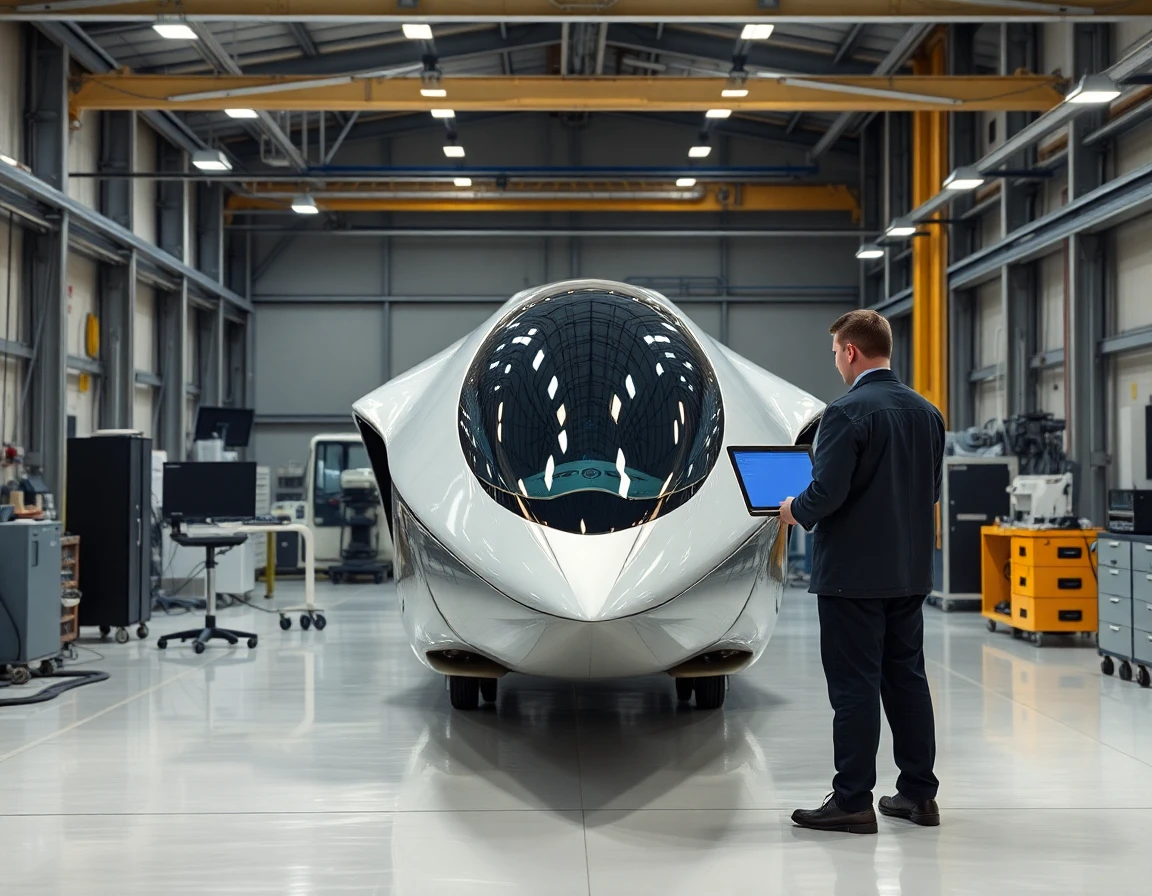Hypersonic technology has become a focal point in the aerospace and defense industry, promising to revolutionize military capabilities and strategic deterrence. As nations race to develop hypersonic vehicles, the implications for national security and global power dynamics are profound.
Understanding Hypersonic Technology
Hypersonic technology refers to vehicles capable of traveling at speeds greater than Mach 5, or five times the speed of sound. This technology encompasses various systems, including glide vehicles and cruise missiles, that can maneuver at these unprecedented speeds, making them significantly harder to detect and intercept.
Technical Specifications and Capabilities
One of the key advancements in hypersonic systems is the development of thermal management systems that enable vehicles to withstand the extreme temperatures generated at hypersonic speeds. These systems are crucial for maintaining structural integrity and ensuring the functionality of onboard equipment. Additionally, high-performance inertial navigation systems are essential for precise control and guidance during flight, allowing hypersonic vehicles to navigate complex trajectories.
For instance, the integration of the Advanced Sensor Module has enhanced the performance of hypersonic vehicles by providing exceptional stability and comprehensive motion sensing capabilities, which are vital for effective navigation and maneuvering.
The Strategic Importance of Hypersonic Technology
Countries such as the United States, Russia, and China are investing heavily in hypersonic technology, viewing it as a game changer in modern warfare. According to Dr. Emily Harrison, a defense analyst at the Global Security Institute, “Hypersonic capabilities not only enhance a nation’s military deterrence but also shift the balance of power. The ability to strike rapidly and with precision can redefine strategic engagements.”
This sentiment is echoed by military leaders who emphasize the need for advanced radar systems capable of detecting and tracking hypersonic threats. Traditional missile defense systems may struggle with the speed and unpredictable trajectories of hypersonic vehicles, necessitating the development of next-generation tracking systems.
Current Developments in Hypersonic Programs
Recent developments in hypersonic technology include successful tests of various systems. The U.S. has conducted multiple tests of its hypersonic glide vehicles, showcasing their potential for rapid response capabilities. Similarly, Russia’s Avangard system has been deployed, reportedly achieving speeds of Mach 27. These advancements underscore the urgency for nations to bolster their defenses against emerging hypersonic threats.
The integration of hypersonic technology into existing defense frameworks poses challenges, particularly in terms of interoperability and efficacy. As countries develop their capabilities, the need for collaboration on defense systems becomes increasingly apparent.
Future Directions and Challenges
Looking forward, the hypersonic arms race raises critical questions about arms control and international stability. The rapid pace of development in hypersonic technology could lead to an escalation of tensions between rival nations. Experts like Dr. Mark Thompson, a strategic policy advisor, warn that “without clear international frameworks, hypersonic technology could destabilize global security and lead to a new arms race.”
Furthermore, there are significant technical challenges that remain, including the need for more efficient propulsion systems and enhanced materials that can withstand the stress of hypersonic flight. As the technology matures, the aerospace and defense sectors will need to innovate continuously to keep up with the evolving landscape of warfare.
Conclusion
Hypersonic technology represents a pivotal shift in defense capabilities, offering speed and precision that traditional systems cannot match. As nations invest in this technology, the implications for military strategy and international relations will be profound. With ongoing advancements in inertial navigation systems and thermal management systems, hypersonic vehicles are poised to become a cornerstone of modern defense strategies. The future of warfare may very well depend on these high-speed capabilities, making it imperative for nations to understand and adapt to the hypersonic era.
As the industry continues to evolve, collaboration among nations and advancements in detection and defense mechanisms will be crucial to maintaining global stability. The race for hypersonic supremacy has just begun, and its outcome could redefine the future of military engagements worldwide.



